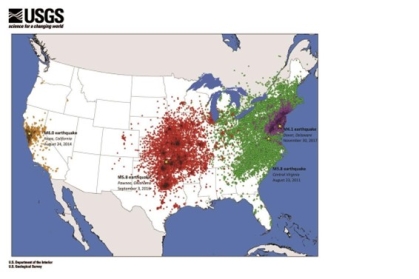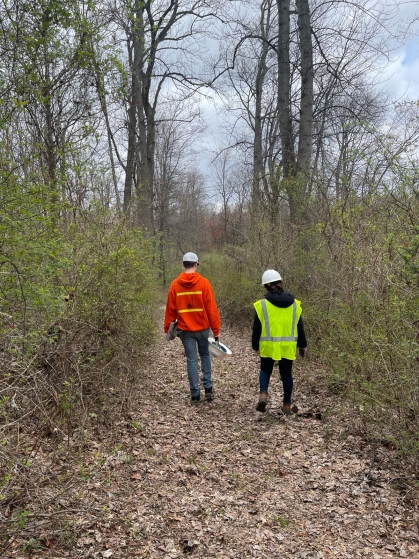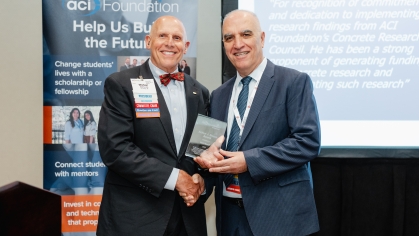CEE Professor Joins a Rapid Scout Reconnaissance Team in Wake of April 5 Earthquake
At approximately 10:20 a.m. on Friday, April 5, a 4.8 magnitude earthquake with an epicenter near Oldwick, New Jersey, shook buildings from Philadelphia to Boston.

“My first reaction during the earthquake was surprise,” reports Tyler Oathes, an assistant professor in the School of Engineering Department of Civil and Environmental Engineering. “As someone who has studied earthquakes and lived in California and Oregon for almost 30 years without experiencing an earthquake, it took me a few seconds to realize we were having one. Once I realized that, I got under my desk until the shaking stopped and then went and checked on the people in my lab and throughout the department.”
As a member of National Science Foundation-sponsored Geotechnical Extreme Events Reconnaissance, or GEER, Oathes was deployed by GEER on Saturday, April 6 and on Monday, April 8 as a member of a small rapid scout team to capture any perishable data that might only be available for a short period of time due to weather or clean-up efforts in the vicinity of the quake’s epicenter.
“Examples include homeowners cleaning up debris that may have fallen from their homes, or water washing away evidence of landslides or cracks,” explains Oathes. “Large storms after past earthquakes have washed away evidence and reduced reconnaissance effectiveness.”
A No Damage Report

The team goal was to evaluate any observed structural damage from the earthquake to determine if a full reconnaissance team would be needed. The team, which travelled in two vehicles, issued a “No Damage” report, having seen no evidence of cracking, landslides, or liquefaction from the quake’s ground movement.
According to Oathes, while the team did observe minimal damage to one home that was roughly 500 feet from the epicenter, they have not heard of any damage inflicted by the 70 reported aftershocks as of April 16.
“Generally, an earthquake of this size is expected to cause very light, minor damage, which is consistent with what occurred on April 5,” he notes.
Preparing for a Quake
“While earthquakes may not be at the front of our minds in this area, it is important to be prepared,” says Oathes.
To help prepare for future earthquake events, the US Geological Survey (USGS) has placed strong motion sensors in a home near the epicenter, and Oathes expects more sensors will be placed in the surrounding area.
Yet the April 5 earthquake is a reminder that preparing for quakes is much like preparing for any disaster, including a contact list, and a go bag with essential supplies such as medicines and identification.
“During an earthquake, you want to avoid moving too much while finding an area away from falling objects,” Oathes advises. “If indoors, get under a desk or table, or stand in a doorframe. If outside, get into the open, away from anything that can fall on you.”
While geologic differences between the east and west coasts mean that the impact of earthquakes like the one on April 5 is often felt further away than that of their west coast counterparts, the good news is that even though earthquakes are relatively rare phenomena in New Jersey and New York, newer buildings designed to seismic code should perform well, as was the case in the recent quake. As a GEER team engineer, Oathes states, “It was promising to see everything behave so well.”


